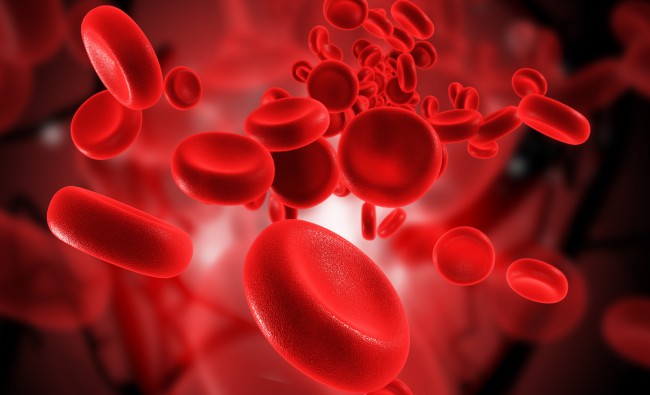
Scientists from the canadian University of Waterloo have created the first portable, non-invasive, contactless device that provides visualization of the entire patient’s body to monitor blood flow in his body. This technology could seriously help in early detection of cardiovascular diseases.
The technology is called Coded Hemodynamic Imaging, which means “coded hemodynamic visualization”. It can help to track the flow of the patient simultaneously in multiple locations without direct contact with the skin. The device uses photoplethysmography (Photoplethysmography, PPG) – registration of blood flow using a source of light radiation. The method was invented in 1930-ies for the diagnosis of cardiovascular diseases.
Still PPG method worked only if used in the vicinity of the patient’s body. The new device, however, is equipped with sensors that can detect hemodynamic processes in the distance.
This is a very important technology when it comes to early detection of heart problems, as well as assessing the condition of patients with burns, patients with acute infection or newborns in intensive care units who cannot be examined by traditional methods.
Widely used today, traditional systems only measure one pulse of blood in one place on the body. This device is similar to multiple virtual sensors, which measures the activity of blood flow in different parts of the body. The information is transmitted to a computer for continuous monitoring, say the scientists.
It is reported that the device can also be used to scan multiple patients, making it a perfect helper in emergency situations, when many people in need of urgent medical care.
The study was published in the scientific journal Scientific Reports.
